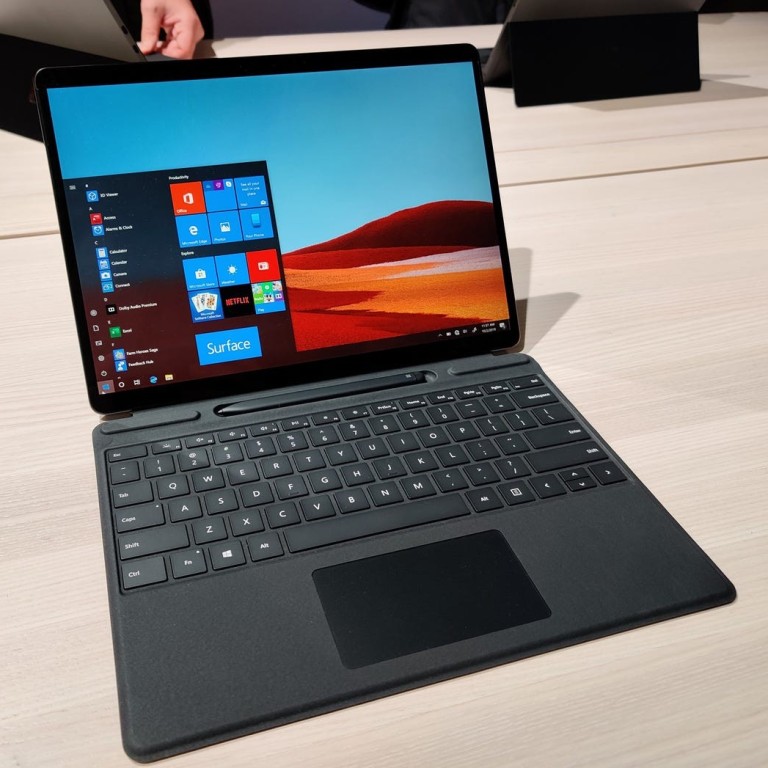Review / We review the Microsoft Surface Pro X, a slim new laptop with better battery and US$1,000 price tag

Slimmer, sleeker design and a bigger screen, Microsoft’s Surface Pro X costs US$1,000 and comes with a detachable keyboard and slot to charge a Surface Pen stylus
Microsoft announced quite a line-up of interesting products this week, and – going by the numbers – the company introduced more brand-new devices than it did updates to existing ones.
Some of the interesting new products included the Surface Duo, an actual, real-life Microsoft phone running Android on two screens, as well as a larger tablet version called the Surface Neo that runs a new operating system called Windows 10X.
But those won’t be available for another year, so let's focus on something you'll be able to buy this November: the Surface Pro X.
In many ways, this new device is a Surface Pro lookalike, albeit significantly more sleek. But turning the wheels inside the Surface Pro X is a very special chip that Microsoft is using for the first time, and it gives the Surface Pro X more battery life than most other laptops.
Initial impressions of the Surface Pro X

The Surface Pro X looks like a sleeker version of Microsoft's Surface Pro laptop/tablet hybrid, thanks to its thinner bezels, thinner design and even a bigger screen.
In almost every respect, the Surface Pro X has a more appealing look than Microsoft's signature Surface Pro laptop/tablet hybrid line-up.
The Surface Pro X is thinner at 7.3mm, compared to the Surface Pro's 8.5mm thickness.
It's almost identical in weight at 0.77kg (1.7 pounds) without Microsoft's optional keyboard type cover.
It's about the same overall size as a Surface Pro 7, but the Surface Pro X has a 13-inch screen (33cm), compared to the 12.3-inch (31.2cm) screen on its more traditional cousin.